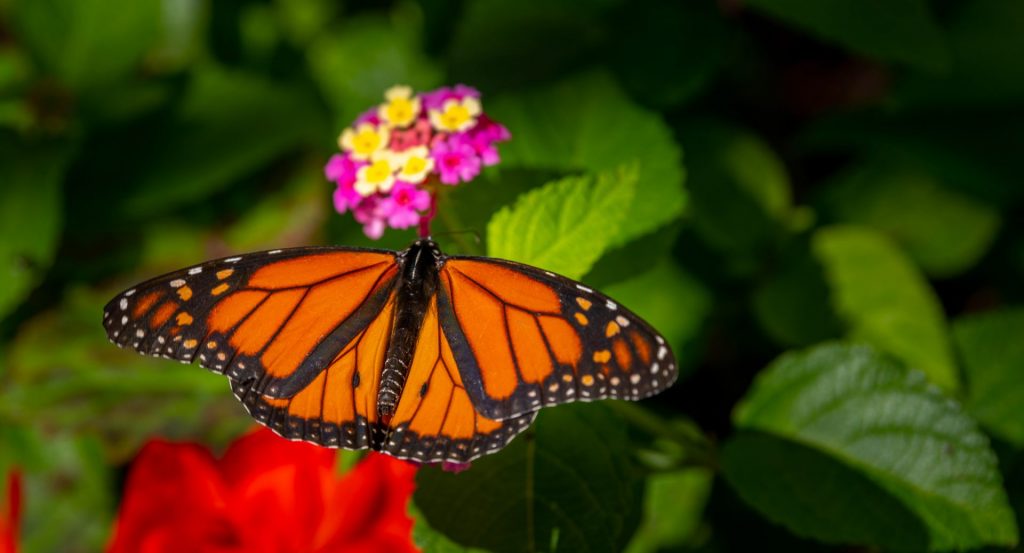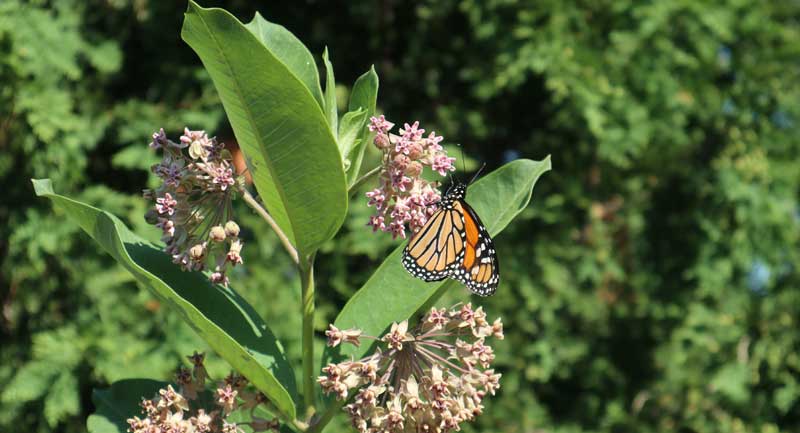No migration compares to that of the small, black and orange creature you see fluttering through your neighborhood in summer.
When you think about migration, you might describe how birds fly south for the winter and return when temperatures warm up again. For a monarch, migration is much more complex and requires multiple generations to complete its journey, including one very special generation known as the super generation.
The monarch is the only butterfly known to make a two-way migration like birds typically do. Monarch larvae, pupae, and adults can’t survive cold temperatures so they fly as far as 3,000 miles to reach a habitable climate for the winter months.

As you can imagine, this journey is no easy task for the monarch who weighs less than a gram and has a wingspan of just 3 to 4 inches. Nevertheless, these tiny creatures travel up to 50 miles a day, flying as high as one mile in the sky… Incredible!
Take a closer look at the migration of the monarch butterfly and you may never look at them the same way again!
WINTER HOLIDAY IN MEXICO
The super generation of monarchs overwinters in the mountain ranges of Central Mexico, a location that offers the perfect climate. The humidity of this area keeps them from drying out and helps conserve their energy.
From October to late March, several hundred thousands of monarchs gather in the towering treetops of the oyamel fir forests. They return to these same mountain ranges each year, cre


